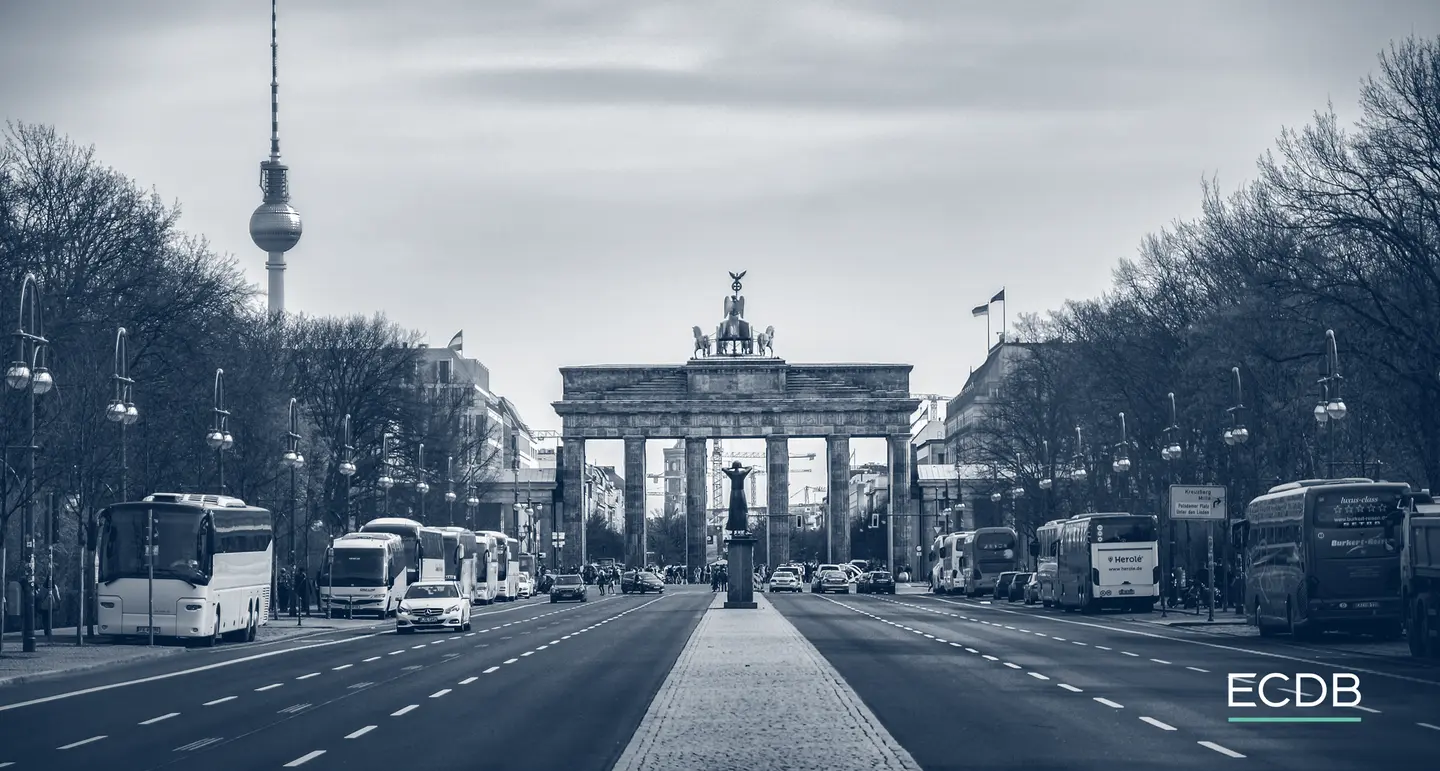Brick And Mortar Stores
Brick-and-Mortar Stores: Meaning, Types, Benefits & Future
Brick-and-mortar retail has a long history, but eCommerce has changed the game. Learn about brick-and-mortar stores, their benefits, and future.
Going to a store to buy products is a brick-and-mortar retail experience, which has a longstanding history. However, with the advent of online shopping, seismic shifts have occurred in the retail environment.
This guide will delve into the brick-and-mortar model, compare it with eCommerce, explain its various types, present its benefits and drawbacks, and discuss its future.
What Is a Brick-and-Mortar Store?
Brick-and-mortar refers to traditional stores that offer experience shopping.
A grocery shop is a brick-and-mortar store. A department store chain is also brick-and-mortar. An automobile shop with cars on display, which customers can take for a test drive, is also brick and mortar.
Brick-and-mortar stores have a physical location, visible inventory, and in-person checkout. They often have promotional and interactive displays. Importantly, they put customers in face-to-face interactions with store clerks, where they can ask questions and get quick help.
Brick-and-Mortar Stores and eCommerce
The arrival of eCommerce disrupted the retail landscape and changed it for good. The COVID-19 pandemic further delivered a blow to brick-and-mortar stores, threatening their very survival. Today, most stores find themselves competing against e-retail giants like Amazon.
To attract customers now accustomed to the convenience of online shopping, many brick-and-mortar shops have adapted and become omni-channel retailers, establishing online counterparts to their physical stores. This strategy mixes online and in-person shopping elements, such as offering the option to buy online and pick up or return in store.
Despite the expansion of eCommerce, the brick-and-mortar model has proven to be resilient. Many people still prefer experiential shopping and may use it alongside online shopping, depending on their demographic and location.
Types of Brick-and-Mortar Stores
The various types of brick-and-mortar stores are:
- Grocery stores: They sell fresh produce and home essentials, allowing customers to assess items before buying. Examples include Walmart and Trader Joe’s.
- Department stores: Typically larger, they offer a wide range of consumer goods in various categories like clothing and appliances. Examples are Macy’s, and Nordstrom.
- Convenience stores: Easily accessible small shops that remain open until late, they sell products like snacks, tobacco, and newspapers. Examples are Tesco and 7-Eleven.
- Specialty stores: They sell a specific kind of product, such as toys, books, furniture, or hardware. Examples are Ikea and Toys "R" Us.
Some types of brick-and-mortar shops face more competition from online retailers than others. For instance, more people are now opting to shop online for groceries. However, convenience stores cater to the impulse shopping needs of people and are less likely to be replaced by online shops.
Advantages of Brick-and-Mortar Stores
Brick-and-mortar shops offer several benefits such as:
- Personal support: Store clerks are present to answer questions and provide hands-on customer service, which builds trust.
- Immediate delivery: Customers can buy products right away without waiting for delivery, getting instant gratification.
- Quick returns and exchange: Returning and exchanging purchases is straightforward. Customers do not have to ship back items or wait further.
- Smooth checkout: The checkout process is smooth, with a store employee available to help, unlike online shops where checkout can be complicated.
Although digital retail is taking over brick-and-mortar stores, some products and services are still best or only purchasable in brick-and-mortar stores. This includes some prescription drugs and high-end luxury products.
Drawbacks of Brick-and-Mortar Stores
There are several drawbacks to brick-and-mortar stores, such as:
- Overhead costs: Rent for commercial space, utilities, permits, and maintenance are big and regular expenses.
- Staffing expense: Talented employees are needed to run the store and maintain it, adding to the expense.
- Limited reach: They only serve a limited region, unlike online shops that can reach customers globally.
- Time constraint: They must close after set hours. Unlike eCommerce shops, they cannot serve customers 24/7.
The Future of Brick-and-Mortar Retail
Although technology continues to transform retail, brick-and-mortar stores are not dead.
To ensure survival, however, brick-and-mortar shops must evolve. Customer engagement is key to thriving. This can be achieved by using strategies that enhance the in-store experience. Providing a good atmosphere, personalized experience, and excellent service will build loyalty.
Launching a “phygital” strategy can also keep customers returning to brick-and-mortar stores. This refers to the integration of digital elements with in-store experience, such as self-checkout, cashless or mobile payments, and digital coupons.
Omnichannel retail strategy is a way forward for brick-and-mortar stores. Examples are offering store apps for browsing products, accepting online orders, and providing doorstep delivery.
Brick-and-Mortar Stores – Key Takeaways
- Brick-and-mortar stores offer a physical experience of shopping and are characterized by face-to-face interactions.
- Ecommerce kingpins have put the profit and survival of brick-and-mortar stores at risk.
- However, people still prefer in-store shopping for certain items. Also, some products and services may not be available online.
- Grocery, department, convenience, and specialty stores are all types of brick-and-mortar.
- Benefits of brick-and-mortar stores include interactive shopping experience, prompt purchase, smooth returns and exchange, and streamlined checkout.
- Disadvantages of brick-and-mortar shops include overhead costs, staffing expense, limited reach and fixed timings.
- Struggling storefronts can adapt by using an omnichannel strategy, where they combine the physical and digital elements of shopping.
Glossary entries with B
Back to





